A gigantic Roman mosaic was discovered in a farmer’s field in the United Kingdom
The first ever mosaic illustrating scenes from Homer’s Iliad, it would have decorated an imposing dining and entertainment space within a major villa complex
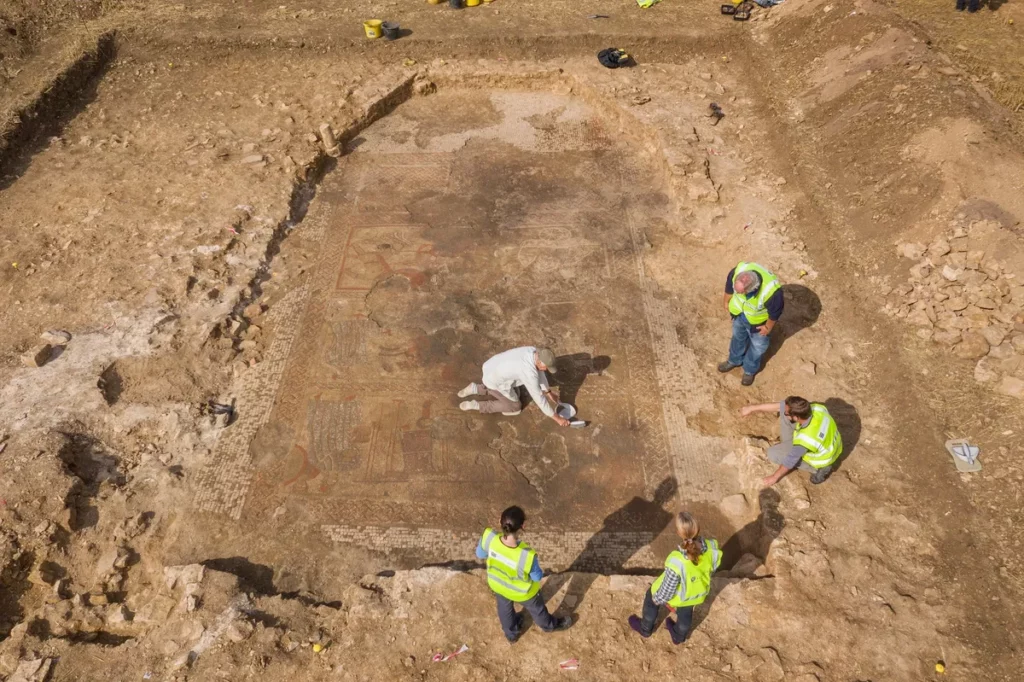
A battered but magnificent Roman mosaic—the first ever found in the UK illustrating scenes from Homer’s Iliad, has been discovered under ploughed fields in Rutland.
The mosaic depicting the Greek hero Achilles would have cost a fortune and would have flattered a wealthy owner who could have boasted to guests of his knowledge of classical literature.
It must have decorated an imposing dining and entertainment space within a major villa complex, and is regarded as the most important find of its kind in a century. The site is today given official protection by the government on the advice of Historic England.
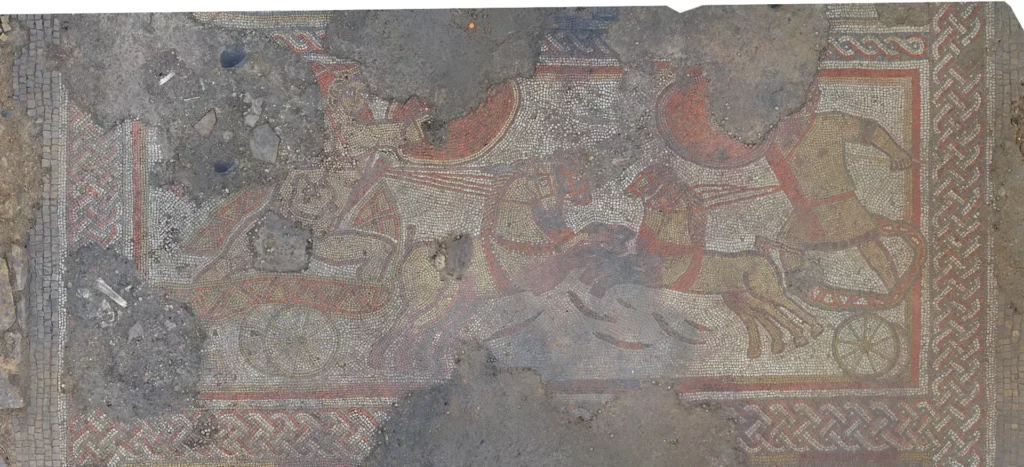
The mosaic has been damaged by later building work and has scorch marks from fires, which with human remains found in the rubble layer over it suggest that at a very late Roman or early medieval date the site lost its original opulent character and was repurposed.
Further study of the bones and other finds should yield more clues to its later history, and the much debated later life of the villa site as Roman wealth and power shrank back from the edges of the empire.
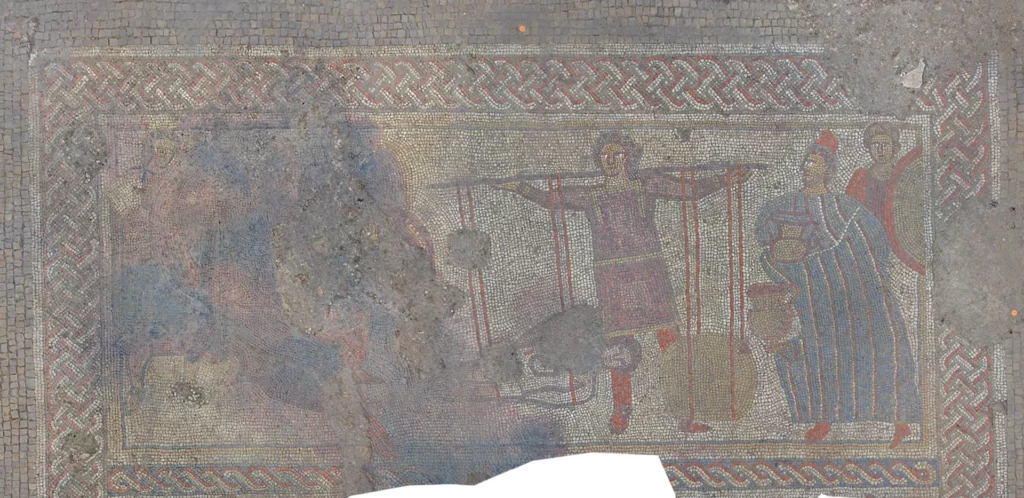
The mosaic, measuring 7m by 11m, lies close beneath the surface, and was discovered at the height of last year’s lockdown by Jim Irvine, the son of the landowner Brian Naylor, who was out for a walk with his family when he spotted some broken pottery in a field of wheat. “Later, looking at the satellite imagery, I spotted a very clear crop mark, as if someone had drawn on my computer screen with a piece of chalk. This really was the ‘oh wow’ moment, and the beginning of the story.”
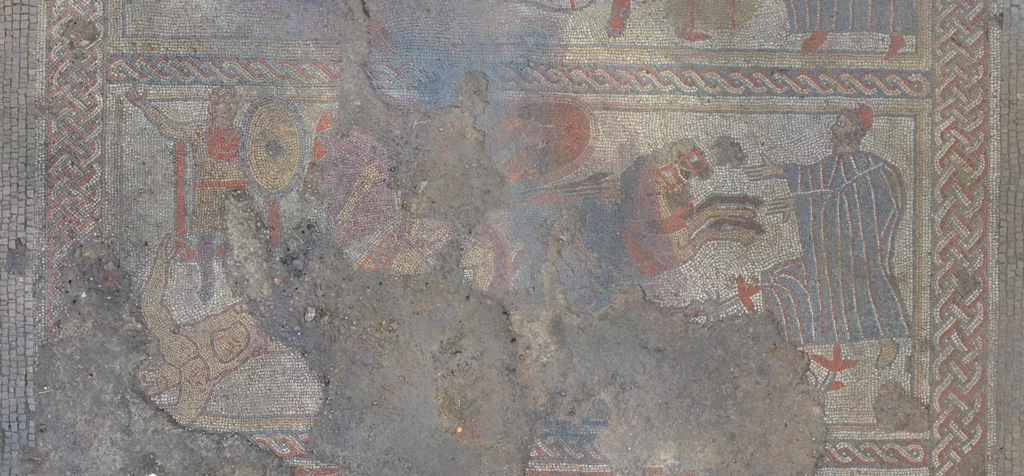
Recognizing its potential significance he contacted archaeologists at Leicestershire County Council. Historic England secured urgent funding to send in a team of excavators in August 2020, and further work followed in September 2021 by students and staff from the University of Leicester’s School of Archaeology and Ancient History.

John Thomas, the deputy director of the University of Leicester Archaeological Services and project manager of the excavations, called it the most exciting mosaic find in the UK in a century, and hugely significant because the entire surrounding villa site appears to survive.
“It gives us fresh perspectives on the atтιтudes of people at the time, their links to classical literature, and it also tells us an enormous amount about the individual who commissioned this piece,” he says. “This is someone with a knowledge of the classics, who had the money to commission a piece of such detail, and it’s the very first depiction of these stories that we’ve ever found in Britain.”
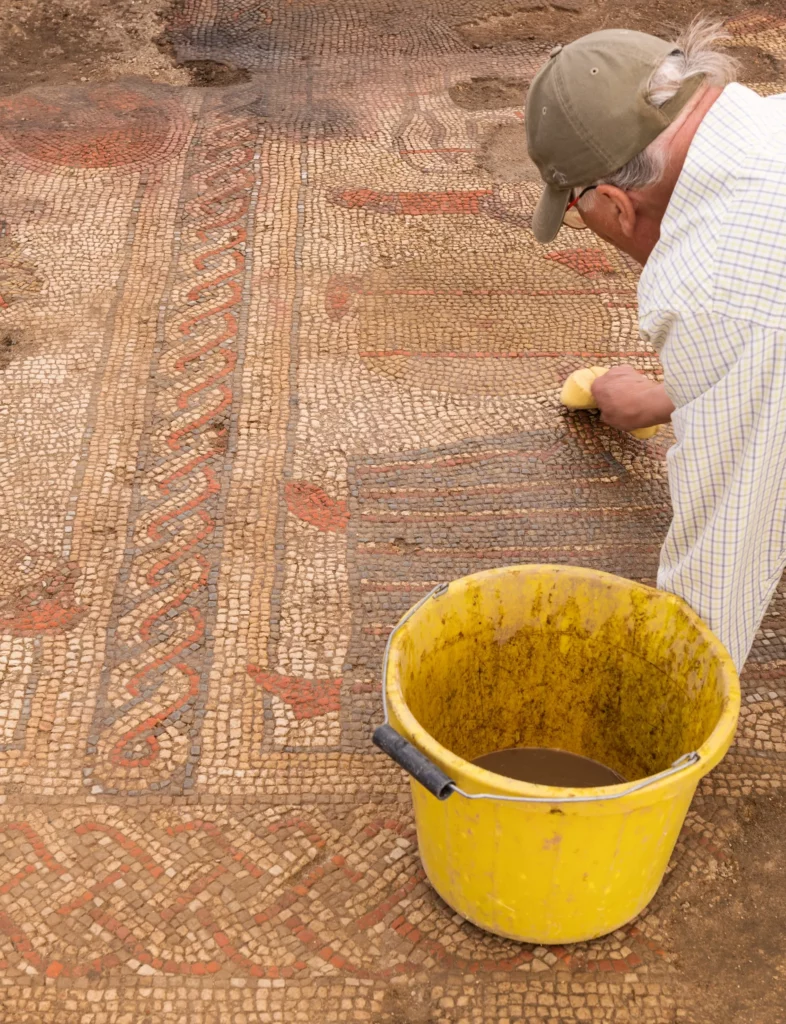
The room was the centerpiece of a large villa complex dating from the late 3rd or early 4th century AD.
Most of the site has not been excavated but geophysical surveys that reveal underlying structures show a complex of buildings including aisled barns, circular structures, which may be grain stores, and a possible bath house.
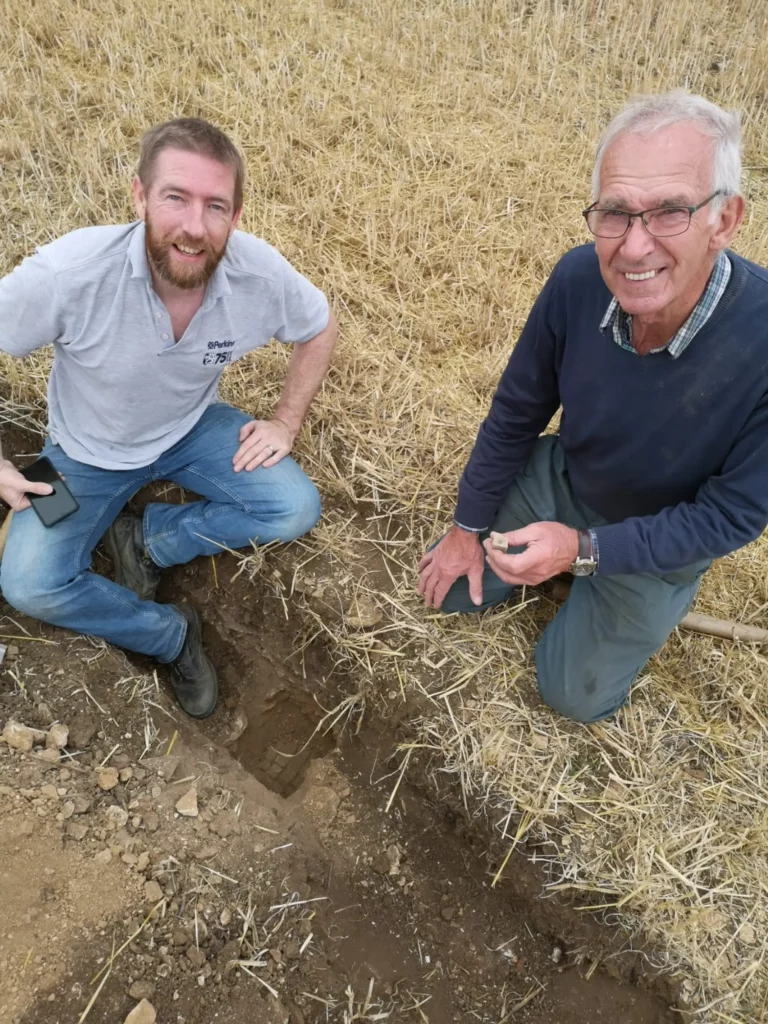
Further excavation is planned for next year, and while work continues on the finds, including a study by David Neal—internationally recognized as a leading expert on Roman mosaics—the floor has been re-buried to protect it. The archaeologists also hope to create an off-site display with support from the Lottery Heritage Fund.
The scheduled monument status granted to the site today is intended to protect it from illegal metal detectors and other disturbances.
The site had been damaged in the past by ploughing, and Historic England is working with the landowners to return the field to gentler use.





